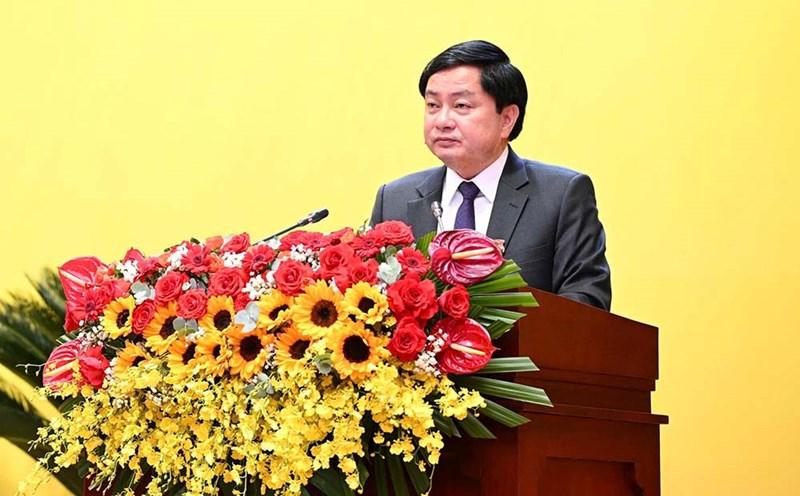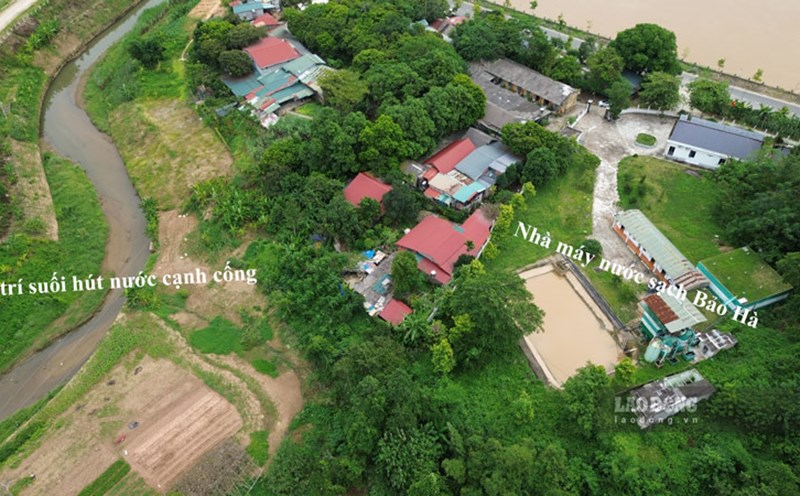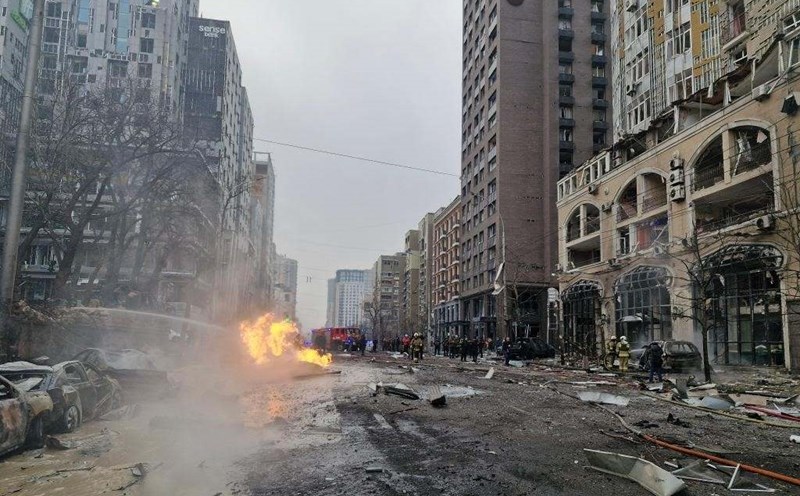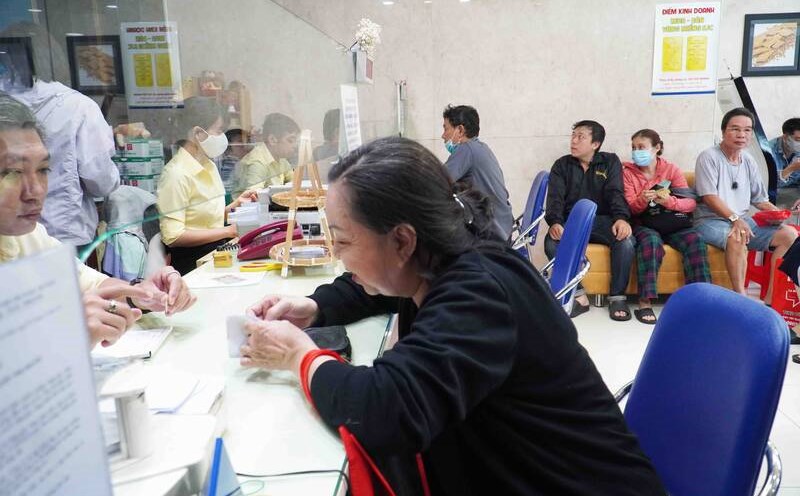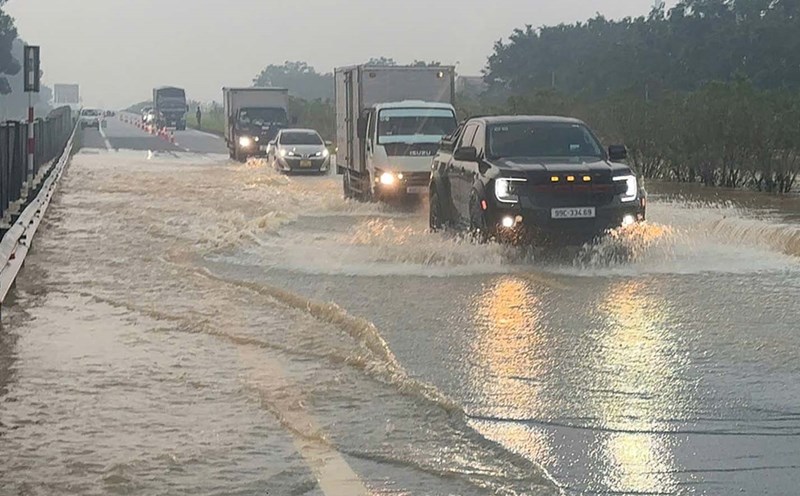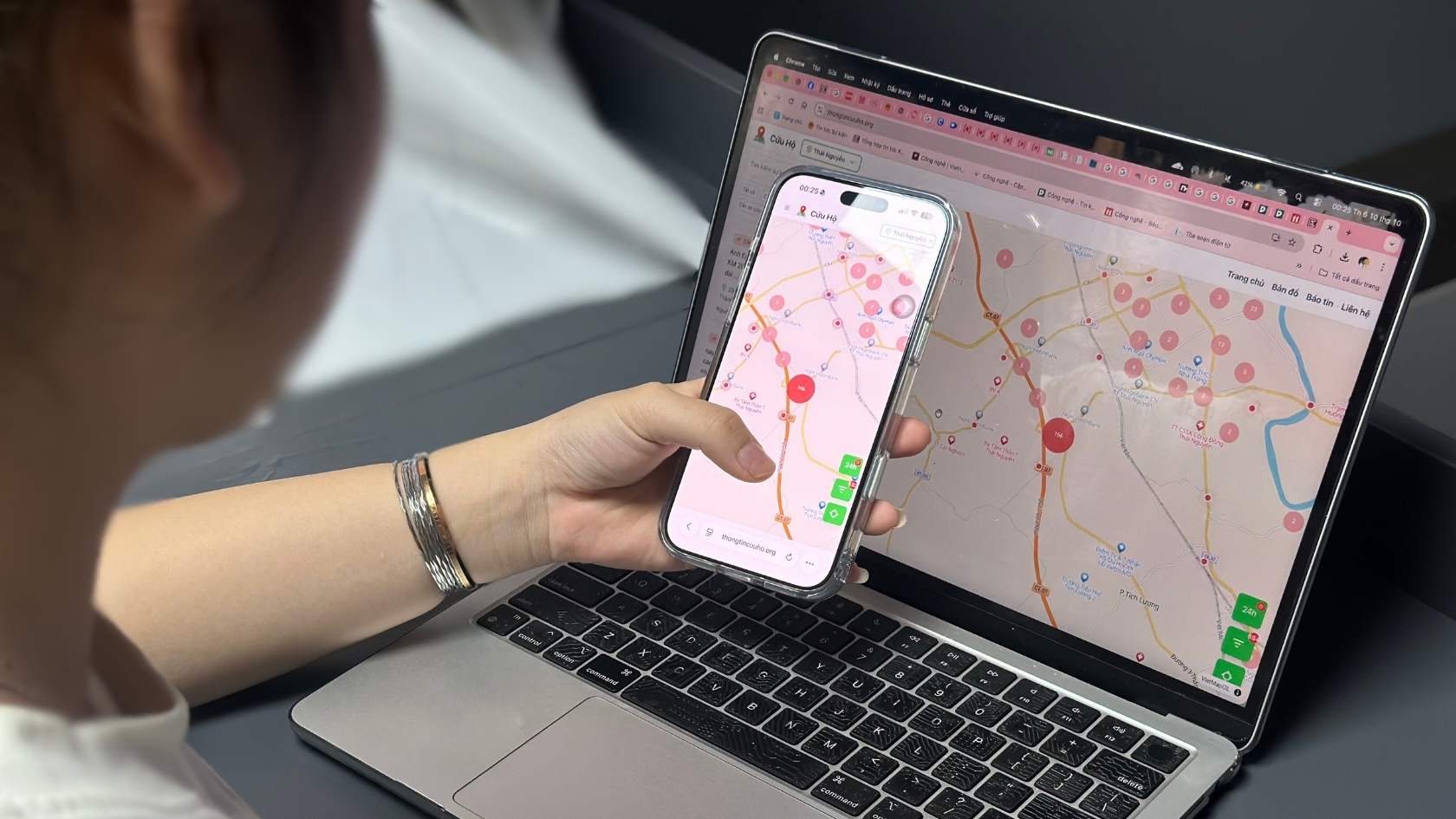
In recent days, floods in the North have caused many localities to be deeply flooded and isolated. Access to people is difficult, especially in medical emergencies such as young children or the elderly, becoming a major challenge for rescue forces. Many people have to wait for help in the condition of deep flooding, with a high risk of affecting their health and property.
Faced with this situation, technological solutions have been deployed to speed up relief. Two IT engineers in Thai Nguyen, programmer Tu Tat Huan and AI product developer Nguyen Thi Mai Anh, have created an online rescue map in real time.
According to the development engineers, the system collects relief information from people on social networks, automatically filters and displays points that need support, helping rescue forces determine priority areas. All information is updated quickly, accurately and visibly so that relief units can access it in a timely manner.
At the same time, Viettel has also deployed drones to transport relief goods to deeply flooded areas. During the two days of October 8-9, about 200 flights transported a total of 5 tons of goods, including medicine and necessities.
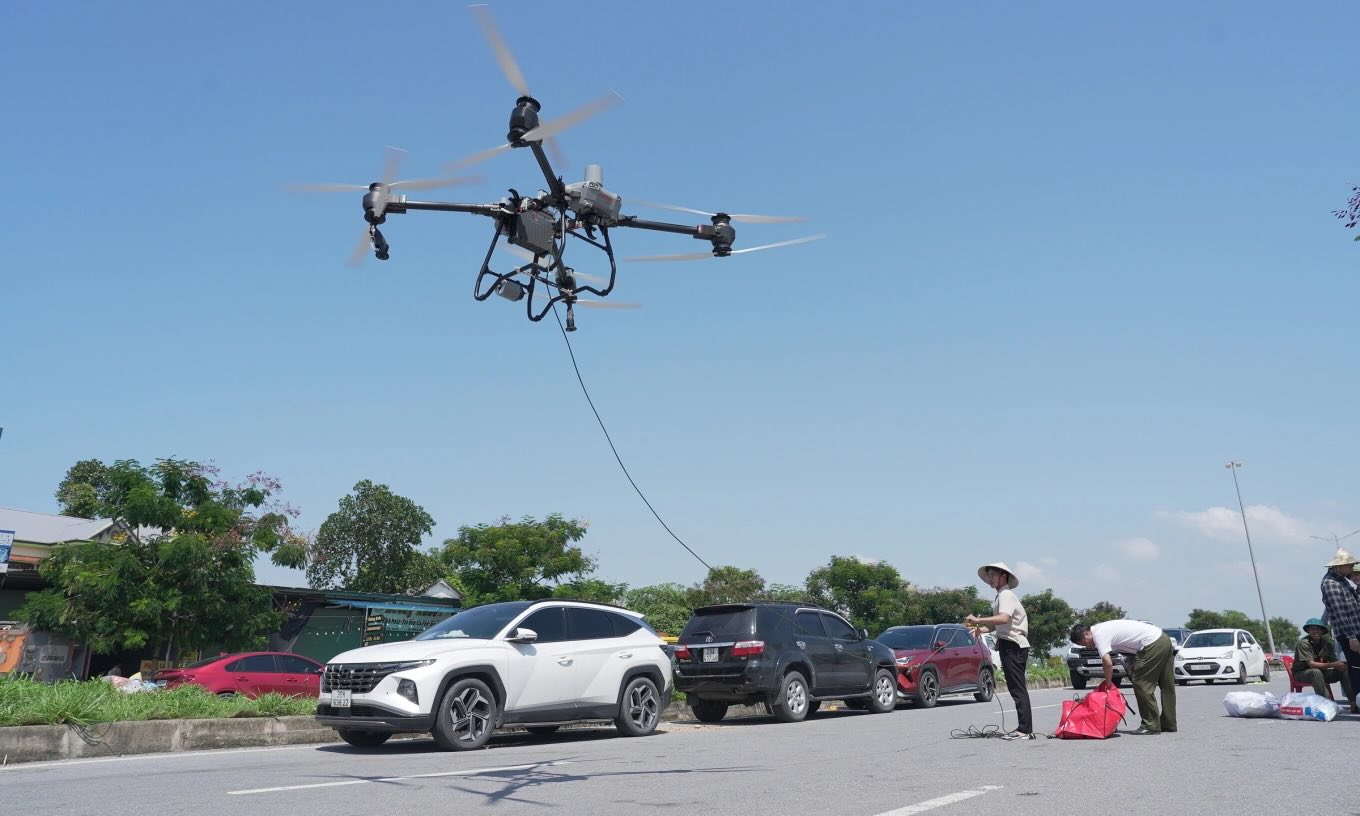
The drones also conduct 30 trips, helping rescue forces determine the fastest approach route. Each flight takes an average of 5 minutes, with a maximum flight range of 5 km and a payload of up to 50 kg. A typical flight to provide emergency medicine to a 4-month-old baby with high fever and seizures in Diem Thuy commune (Thai Nguyen). A Viettel representative said: "The application of drones not only helps shorten the time to reach people but also ensures the safety of rescue forces".
When hearing about this information, many people expressed their agreement and support for flood relief technology initiatives. Ms. Mai Anh (Hanoi) shared: Seeing the news about drones and online rescue maps helping to bring relief goods to deeply flooded areas, I feel more secure for the people. In particular, the initiative to use drones to transport necessities and medicine is something that people really need when floods come".
These initiatives show that the application of technology in disaster relief is gradually becoming more effective, helping authorities be more proactive in implementing support, while improving the ability to respond to emergency situations. Thereby, people also feel the timeliness and flexibility in relief work, creating more confidence in modern solutions during the flood season.

